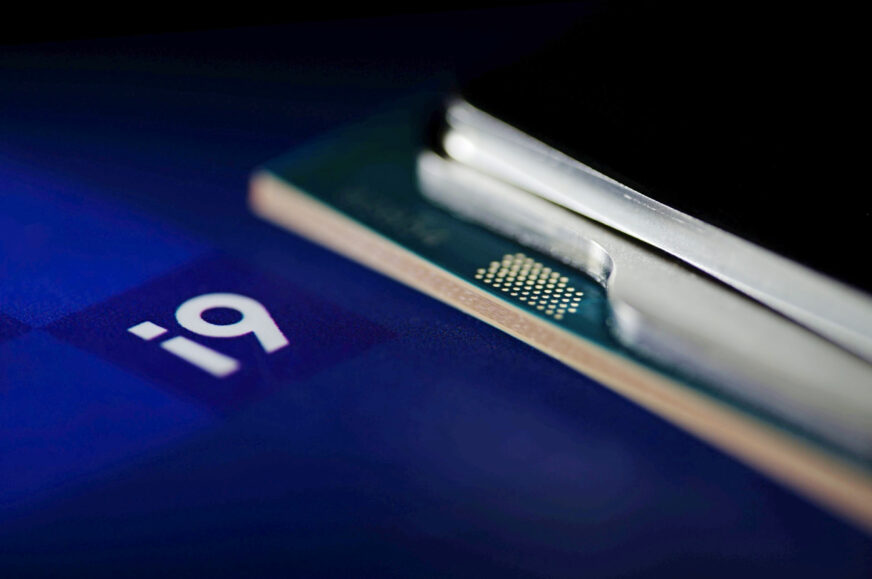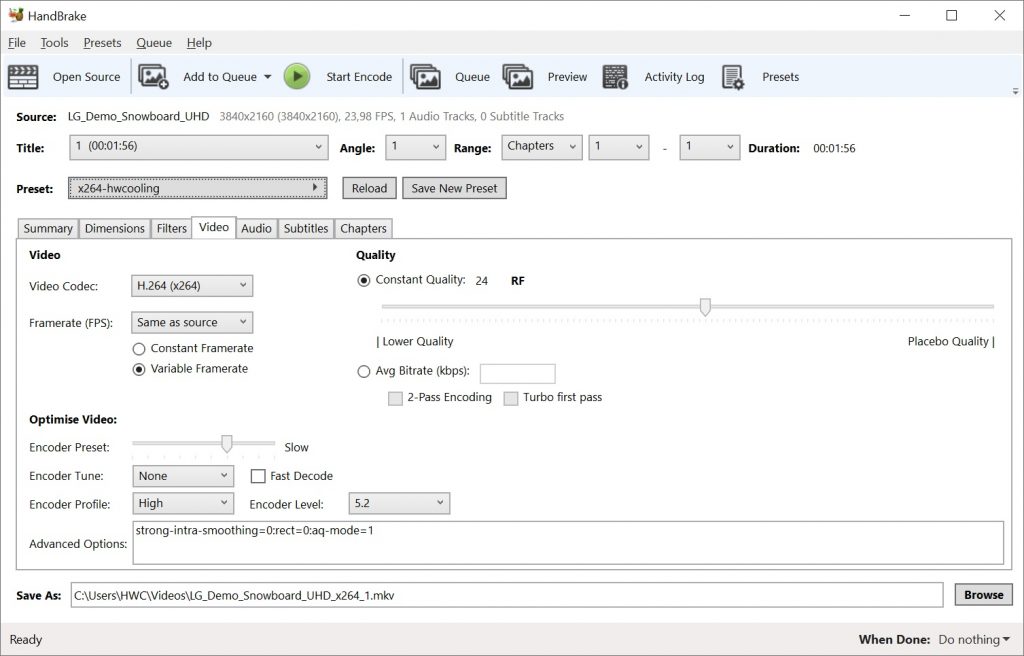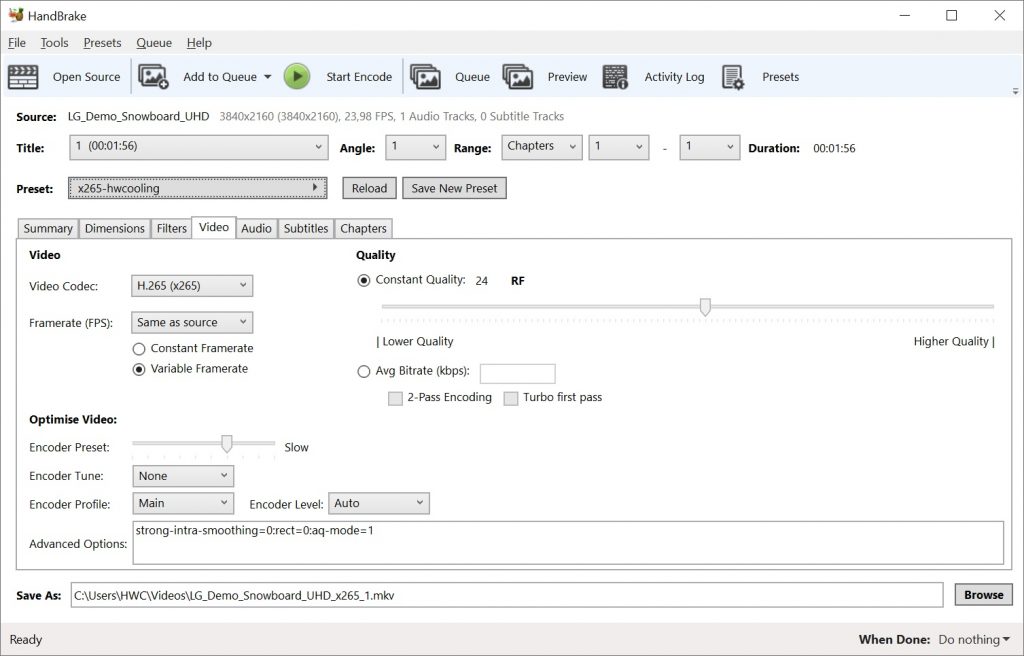Video encoding
The top model of the 14th generation of Intel Core (Raptor Lake Refresh-S) processors has outperformed everything that has come out for desktop computers so far. In speed, but also in power draw. On the one hand, the 6 GHz metric for single-threaded applications has been reached and the clock speeds are very high even under all-core boost, the side effect is that the Core i9-14900K’s power draw can sometimes spike up to 400 W.
HandBrake
Test environment: For video conversion we’re using a 4K video LG Demo Snowboard with a 43,9 Mb/s bitrate. AVC (x264) and HEVC (x265) profiles are set for high quality and encoder profiles are “slow”. HandBrake version is 1.3.3 (2020061300).
x264 and x265 benchmarks
SVT-AV1
Test environment: We are encoding a short, publicly available sample park_joy_2160p50.y4m: uncompressed video 4096 × 2160 px, 8bit, 50 fps. Length is 585 frames with encoding quality set to 6 which makes the encoding still relatively slow. This test can make use of the AVX2 i AVX-512 instructions.
Version: SVT-AV1 Encoder Lib v0.8.7-61-g685afb2d via FFMpeg N-104429-g069f7831a2-20211026 (64bit)
Build from: https://github.com/BtbN/FFmpeg-Builds/releases
Command line: ffmpeg.exe -i “park_joy_2160p50.y4m” -c:v libsvtav1 -rc 0 -qp 55 -preset 6 -f null output.webm
- Contents
- Intel Core i9-14900K in detail
- Methodology: performance tests
- Methodology: how we measure power draw
- Methodology: temperature and clock speed tests
- Test setup
- 3DMark
- Assassin’s Creed: Valhalla
- Borderlands 3
- Counter-Strike: GO
- Cyberpunk 2077
- DOOM Eternal
- F1 2020
- Metro Exodus
- Microsoft Flight Simulator
- Shadow of the Tomb Raider
- Total War Saga: Troy
- Overall gaming performance
- Gaming performance per euro
- PCMark and Geekbench
- Web performance
- 3D rendering: Cinebench, Blender, ...
- Video 1/2: Adobe Premiere Pro
- Video 2/2: DaVinci Resolve Studio
- Graphics effects: Adobe After Effects
- Video encoding
- Audio encoding
- Broadcasting (OBS and Xsplit)
- Photos 1/2: Adobe Photoshop and Lightroom
- Photos 2/2: Affinity Photo, Topaz Labs AI Apps, ZPS X, ...
- (De)compression
- (De)encryption
- Numerical computing
- Simulations
- Memory and cache tests
- Processor power draw curve
- Average processor power draw
- Performance per watt
- Achieved CPU clock speed
- CPU temperature
- Conclusion










